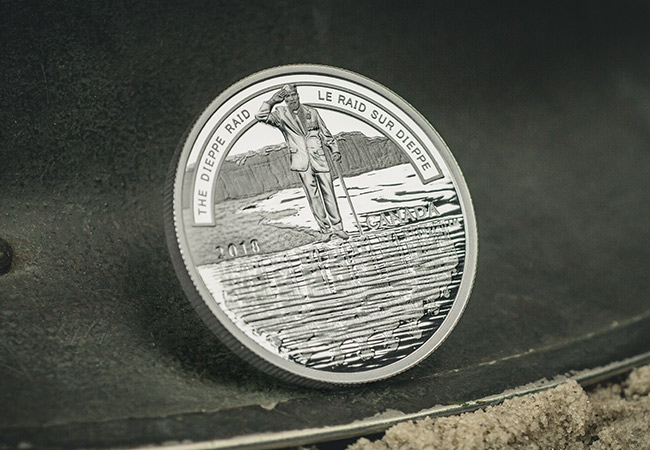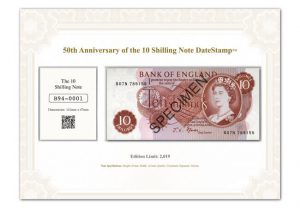Shop
Why you have just days to secure the new 2020 Gold Proof Sovereign
The new 2020 Gold Proof Sovereign was released yesterday, but you may only have days to own one. Let me tell you why…
We’re in the golden age of the Proof Sovereign. As you may know, the Proof Sovereign has become the UK’s flagship annual release that’s highly sought-after worldwide.

As you can see, recent UK Gold Proof Sovereigns have an undisputed track record of completely selling out. Many with a matter of weeks.
Special one-year-only mint mark
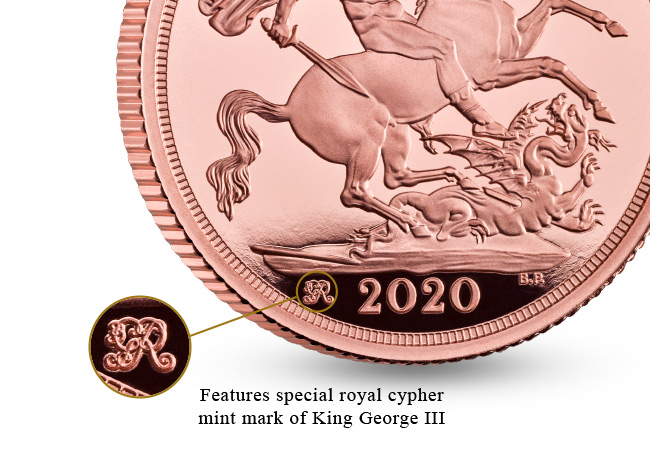
In 2020 we mark the 200th anniversary of King George III’s death – the first monarch to appear on the modern Sovereign. To commemorate this, the Proof Sovereign features a special one-year-only royal cypher mint mark.
George III’s reign is one of the most important in the history of UK gold coins. That’s because it was in his reign that the iconic Sovereign was re-introduced, making him the first monarch to feature on the modern day sovereign, and one of the most famous gold coins in British numismatic history.
One-year-only mint marks are only applied to coins for the most significant events and anniversaries and this is certainly an important one. In fact, it’s unlikely we’ll ever see a combined Royal and numismatic anniversary as significant as this in our lifetimes.
‘22 Carat Gold Pedigree‘

The 2020 Sovereign is minted from 22 Carat Gold and it is this historical pedigree that makes the coin so admired and sought-after around the world.
It is also one of the finest examples of British craftsmanship. The exceptional ‘proof’ finish is the result of the coin being struck up to 4 times using specially polished dies.
The time and effort required to produce the frosted relief and mirrored background of the coin is why a proof finish is considered the pinnacle of the mint-masters art – and the most sought-after by collectors.
And with an edition limit of JUST 7,995 worldwide – a lower edition limit than the 2018 Sovereign that also featured a special mint mark and COMPLETELY SOLD OUT in a matter of weeks – this year’s Proof Sovereign has all the elements to be the most collectable gold coin of the year.
If you’re interested…
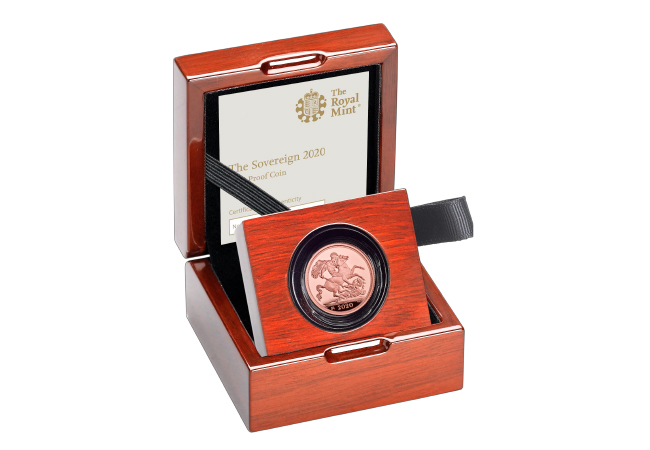
You can secure the 2020 Gold Proof Sovereign now, but you’ll have to act quickly. You can secure yours today for a down payment of JUST £59.50 followed by nine further interest-free instalments – the most affordable way to own the new coin.
Before Utah, Omaha, Gold, Juno, and Sword there was Dieppe
Now home to around 30,500,the picturesque port of Dieppe on the Normandy coast of France was once the site of what’s perhaps the most conflicting military operation of WWII.
Some hail it as an essential lesson, to help future troops and pave the way for victory on D-Day. Whilst others see it as the most ill-fated and disastrous military effort of The War.
A test of Hitler’s “Fortress Europe”
The year is 1942, and on the morning of 19th August, alongside 1,000 British troops and 50 American Rangers, 5,000 Canadian troops began their assault on the small French port town of Dieppe. This was Canada’s first army offensive in Europe, and the results left many thinking it could well be their last.
Ultimately, the raid was strategically designed to test the Allies’ ability to launch amphibious assaults against Adolf Hitler’s “Fortress Europe”. This would inform future plans to bring about an end to the conflict.
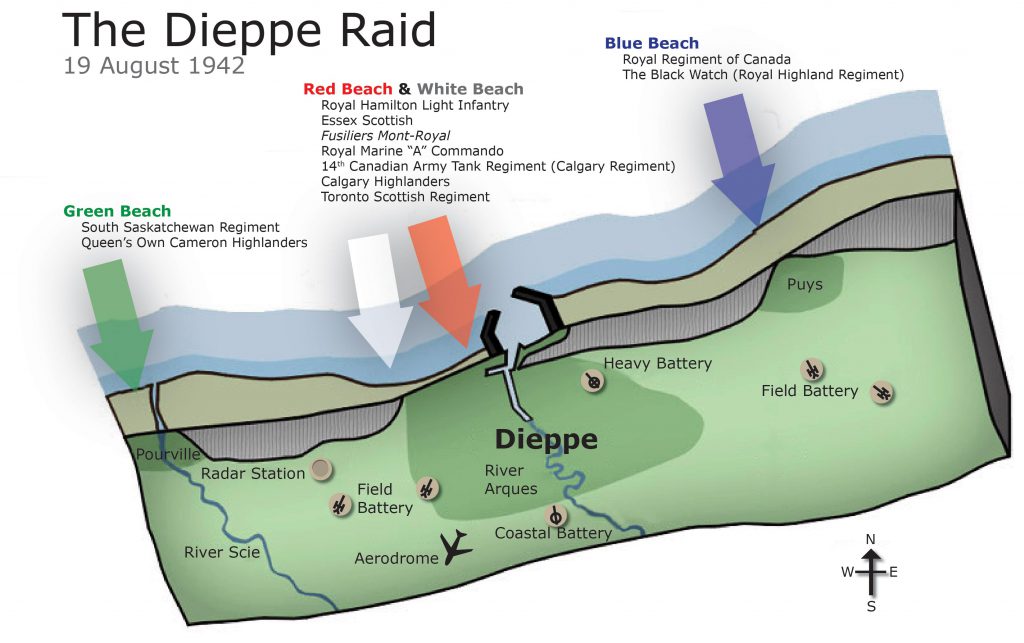
(Image courtesy of The Canadian Encyclopaedia: https://www.thecanadianencyclopedia.ca/en/article/dieppe-raid )
The co-ordinated air, land and sea assault was codenamed Operation Jubilee. Allied forces landed on the shores of Dieppe with the intention of occupying the town for a brief period of time in which they would gain intelligence and entice the Luftwaffe – German Air Force – in to open battle to wear them down.
But from the beginning, nothing went as planned. Less than six hours in the commanders called a retreat.
High costs
The troops arriving via the sea unexpectedly encountered a German fleet, and the ensuing battle at sea robbed the Allies of their element of surprise. This was what they were hoping would give them the upper hand. Out of the four beaches targeted, none of the attacks were classed as successful, resulting in severe loss of life and assets. With the element of surprise lost, the Allies and their armoured support were late to arrive at their designated attack points meaning many were slaughtered with little preparation to defend themselves.
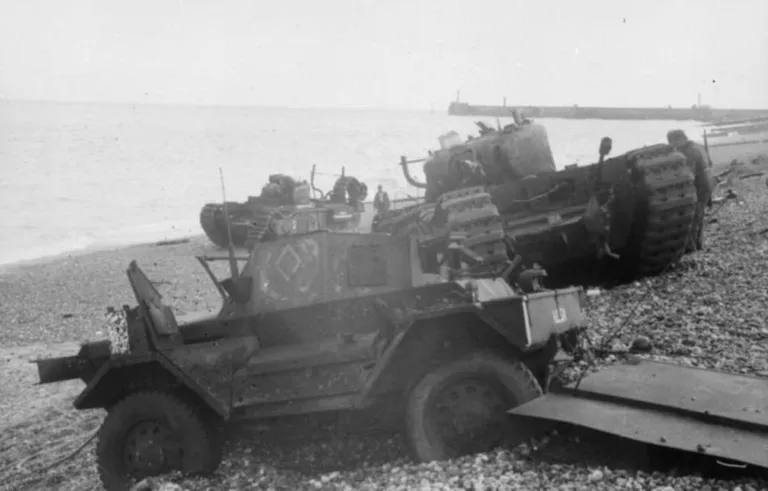
(Image courtesy of ThoughtCo. https://www.thoughtco.com/world-war-ii-dieppe-raid-2361490)
The Calgary Tanks that did make it ashore were poorly equipped for the terrain and struggled to move across the pebbled beaches. Those that did make it across the beach were unable to destroy the enemy’s concrete barriers blocking their path, their guns were not strong enough. Eventually these tanks provided covering fire for the force’s evacuation.
German casualties were light. In comparison the Allies suffered, especially the Canadians: over 900 were killed, 2,400 wounded and a further 1,900 taken prisoner. Fewer than half the Canadians who departed for Dieppe returned.

(Image courtesy of France24: https://www.france24.com/en/20170819-france-canada-world-war-two-doomed-dieppe-raid)
Lessons learned
Allied commanders knew the raid was risky. But none imagined it would be such a terrible failure, with so much loss of life. It was believed the element of surprise would be their greatest weapon, allowing landing troops to overcome German defenders and occupy the town. But little thought was given to the importance of air superiority and the need for overwhelming firepower.
Despite its failure, the raid was a pivotal moment in WWII and provided invaluable lessons for the Allies. It made clear the difficulties of assaulting a well-defended port and the need for better intelligence on conditions and communication amongst the troops – they could not rely solely on the element of surprise.
Two years later, the D-Day landings would be backed up by massive naval artillery support, dominance over the skies, and heavy firepower — three essential factors missing at Dieppe. Finally, following D-Day success, on 1st September 1944, Dieppe was liberated.
If you’re interested…
The Royal Canadian Mint issued a 1oz Silver Proof coin to commemorate the 75th anniversary of the Dieppe raid. It’s been specially designed as a powerful tribute to the brave soldiers who sacrificed their lives.
Unsurprisingly this coin is completely sold out at the mint. But we have a limited number available for UK collectors.
The fascinating history of the ‘Ten Bob’ banknote…
The 10 Shilling Note, or ‘ten bob’, was a goodly sum in the old days – in the 1960’s it could buy 6 pints of beer, 10 loaves of bread, or 17 pints of milk.
It’s hard to imagine its decimal equivalent, the 50p, buying so much these days!
This old banknote has a fascinating history, from being issued by the Government in a wartime emergency, changing colour to avoid forgery from the Nazis and eventually being replaced by the world’s most popular coin.
The Emergency Banknote
In August 1914, the British economy was in turmoil because of the instability brought on by the oncoming war on the continent. Bankers and politicians were desperately looking for ways to secure Britain’s finances and prevent the banks from collapsing.
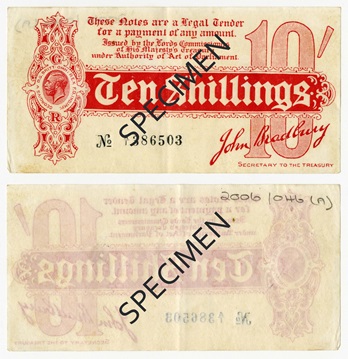
The Government decided that a large supply of banknotes had to be made available for the value of 10 shillings, making it easy for the public to make small transactions. However, The Bank of England was not able to prepare and print the required number of notes quickly enough, so the Government took the unprecedented step of deciding to issue the notes itself.
These banknotes became known as the Treasury banknotes and were unlike anything the British public had ever seen. Until this point the lowest denomination banknote was £5, and in those days this was such a large sum that many people would never have seen or used a banknote before.
That means that these Treasury notes now stand out as the first widely circulated banknotes in England.
The Wartime colour change
In 1928, the responsibility for printing Ten Shilling Notes was transferred to the Bank of England.
However, not long afterwards Britain once again found itself at war, and again found its currency under threat.
During World War II, Nazi Germany hatched a plan to undermine British currency. Through Operation Bernhard they believed that they had discovered a method to manufacture counterfeit ‘White Fivers’ and planned to distribute these in huge numbers to destabilise the British currency.
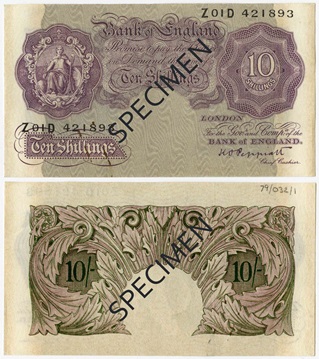
The Bank of England decided to take preventative action and, as a result, the 10 Shilling note was changed for duration of the war to a distinctive pink and blue in an attempt to prevent counterfeiting. It was also revolutionary in the progression of banknote technology by incorporating a metal security thread.
The Nazis could not compete with this high level anti-forgery technology and hence the British 10 Shilling Note stayed strong and supported the British wartime economy as it had done since its conception.
The 50p revolution
After undergoing a colour change during the Second World War, the ‘ten bob’ note reverted to the familiar red-brown until 1961, when a new design featuring a portrait of Queen Elizabeth II was introduced.
Despite a new design for the 10 Shilling Note featuring Sir Walter Raleigh on the reverse being approved in 1964, as part of the process of decimalisation it was dropped in favour of the new fifty pence coin introduced in 1969.
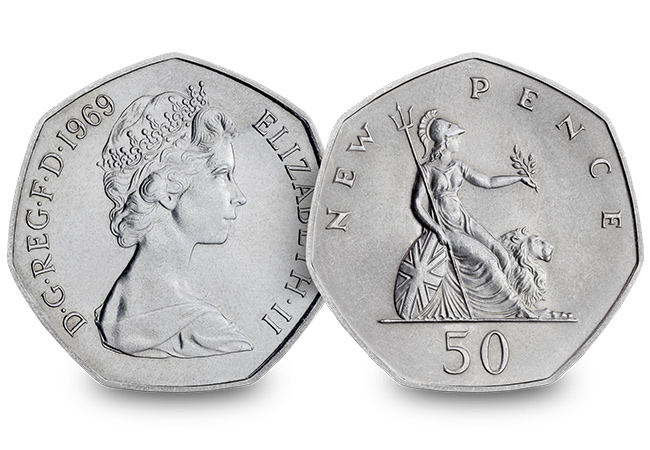
The principle reason for the change was to save the treasury money, the notes had an average lifetime of around five months, whereas a coin could last for fifty years. The 50p has since gone on to become the world’s most popular and collected coin, but nowadays few realise the fascinating history of its predecessor, the 10 Shilling Banknote!
If you’re interested…
It’s now been 50 years since the last 10 Shilling Banknote was issued – which is why you now have the chance to pay tribute to this famous old note with a LIMITED EDITION DateStamp™. But only a very limited number of 10 Shilling Notes will be released in this way, so you’ll need to be quick if you want to secure one for your collection! Click here to order one today >>

